With the launch of three missions to Mars this summer (including a new NASA rover, Perseverance, that will look for signs of life), our exploration of the Red Planet will soon leap to new heights. And there are good reasons we should be obsessed with it: Mars is the only extraterrestrial world besides the moon that human beings could conceivably reach within a generation. If we dream about visiting other worlds, Mars is realistic. It also makes sense from a scientific perspective. Suniti Karunatillake, a planetary scientist at Louisiana State University, argues that it is the only other rocky planet in the solar system that has evidence for most of the key geological processes we find on Earth today, such as volcanoes, sedimentary rock formations, and polar ice caps made of water.
But it might be time to reassess whether our obsession is causing us to ignore the rest of our solar system. Enthusiasm over Mars tends to foster a feedback loop where more resources are devoted to exploring the planet, which unveils new findings that only add to the interest, causing the public and private sectors to devote more money to Mars exploration, and so forth.
Mars is important to study, sure—but there are many compelling reasons to start ramping up exploration of other relatively nearby worlds. Here are five alternative places we should study in greater detail, from the nearest to farthest.
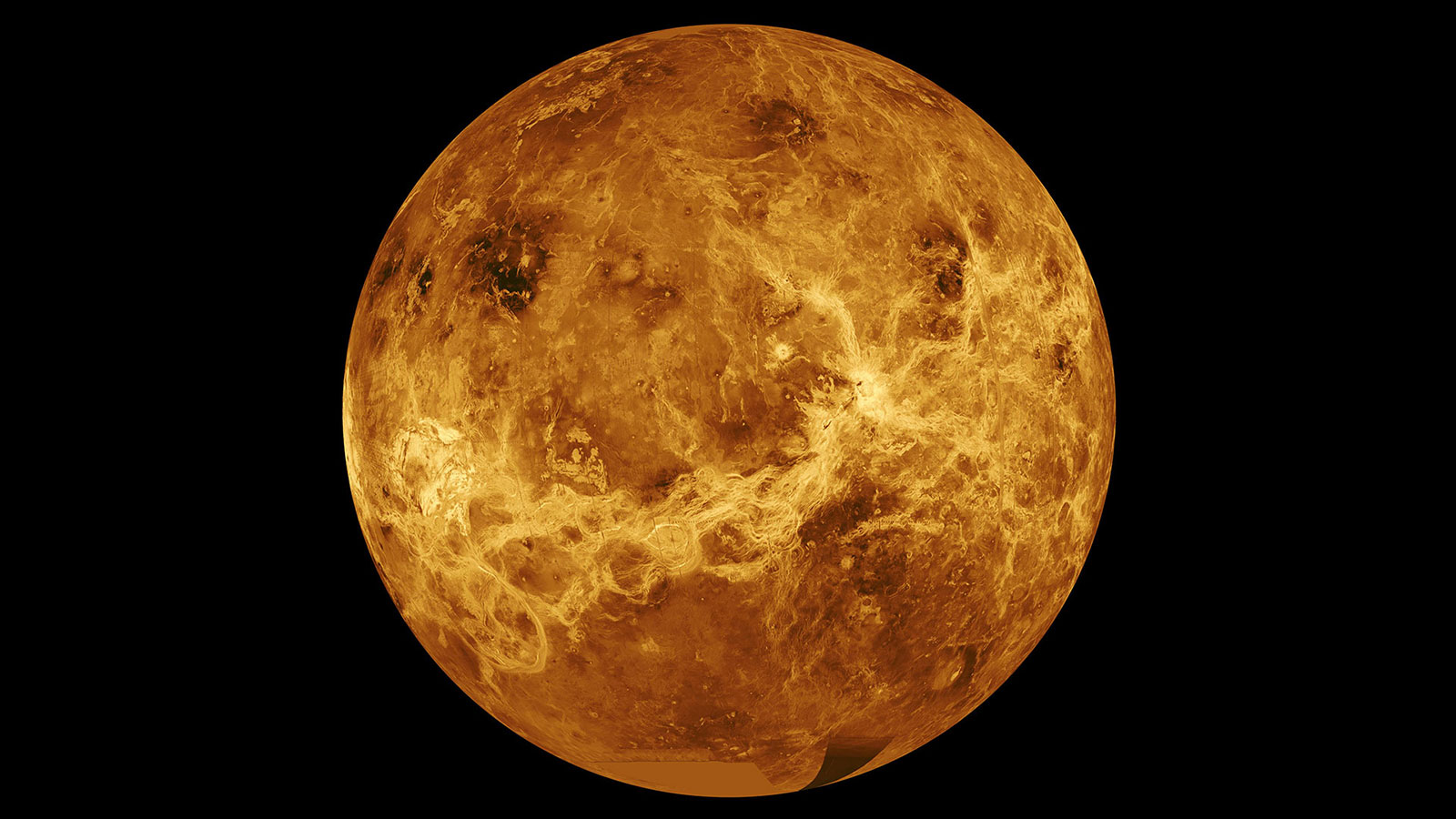
Venus
Venus is a cautionary tale about what could have been Earth’s fate had things gone just a bit differently. The planets are similar in size, mass, and geological composition. They seem to have similar geological histories, too, especially when it comes to volcanic activity (some data suggests Venus still has active volcanoes). Like Mars, Venus seems to have once grown and evolved on a path similar to our own.
Today, however, Venus has one of the densest atmospheres of all planets we’ve ever studied, composed of more than 96% carbon dioxide. Pressure at the surface is the equivalent of being 3,000 feet underwater on Earth. The temperature on the ground comes out to 464 °C, hotter than Mercury. Greenhouse gases have run amok and made it totally inhospitable—perhaps an extreme version of what Earth could look like in the very distant future.
Mystery surrounds Venus because it is difficult to study. Clouds of sulfuric acid shroud the surface from space-based observation, and the extreme heat and pressure destroy most electronics and landing gear in a very short time. That means radar has been one of the only ways we’ve been able to study the surface. ESA’s Venus Express mission, launched in 2005, was the last major mission to successfully study the planet in detail, and the Soviet Union’s Vega missions in 1985 were the last major landers sent to Venus. “For this reason, the literature is comparably less detailed compared to Mars,” says Karunatillake. “It’s prevented scientists from studying the planet in depth and mentoring future generations to continue along the same investigations.”
Maybe that will change soon. There have been new proposals over the last few years to explore Venus, the most high-profile ones being DAVINCI+ (a probe that would study the atmosphere) and VERITAS (an orbiter that would use new instruments to map the surface). One of those proposals could be approved next year and developed into an actual mission later in the decade. Given the costs of building instruments that are fortified against the planet’s challenges, things might really come down to whether lawmakers think there’s enough bang for the buck.
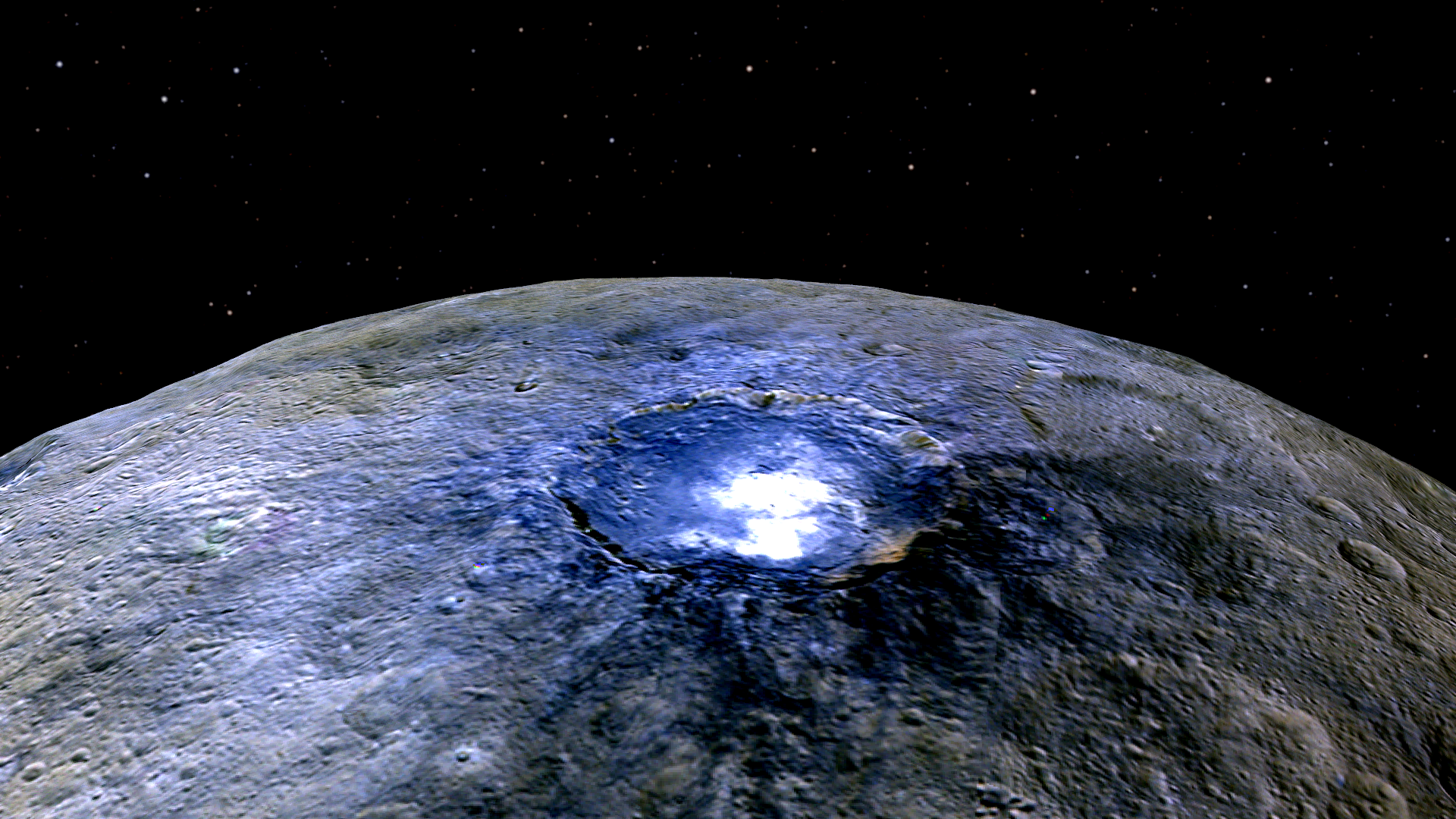
Ceres
Ceres is a world that defies expectations. It’s the largest asteroid in the solar system, so large that it’s categorized as a dwarf planet. Although it’s an asteroid, its geology is compelling and diverse. There’s a crust that could be 30% ice, and it may be home to a salty underground ocean (or several); it has a weak atmosphere, produced by water vapor that’s exposed to sunlight; and it’s got cryovolcanoes (or ice volcanoes) that spit out water ice and salts. Factor in the presence of organic compounds, and the idea that Ceres was once habitable—or may be currently habitable—is not out of the question.
The only major effort to explore Ceres up close was NASA’s Dawn spacecraft, which traveled to Ceres in 2015. Dawn observed Ceres from orbit for three years, until it ran out of fuel in November 2018. Scientists are still analyzing the data that came from that mission, so there’s not really much urgency yet to follow up with a new visit. But the insights coming out mean there will likely be some new pressure to return with more advanced instrumentation. One international group of scientists is already proposing a mission called Calathus that would collect a sample from Ceres’s Occator crater to help assess how habitable the dwarf planet really is.
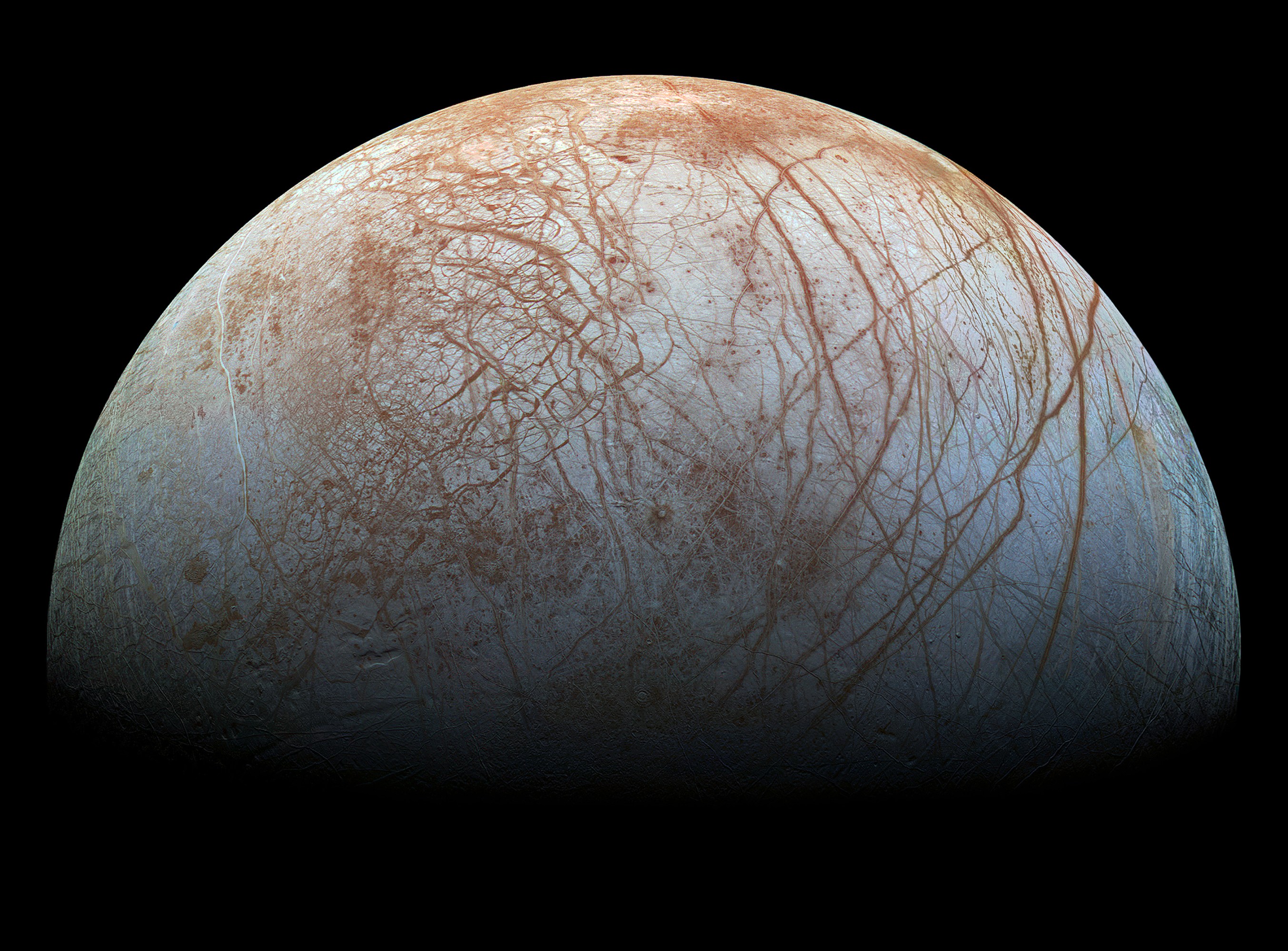
Europa
Let’s be blunt: Europa, the fourth-biggest moon orbiting Jupiter, is probably the best place in the solar system to look for extraterrestrial life. It’s likely home to a subsurface ocean of liquid water, kept warm through tidal forces, and although Europa would still be a very extreme world, it could host life in the same ways as hydrothermal vents deep in Earth’s oceans. Clay-like minerals often associated with organic matter on Earth have been found on Europa, raising even more hopes that we might be able to detect ongoing biological activity on the Jovian moon.
We’re long overdue for an actual visit. We’ve pulled off numerous flybys from passing spacecraft, and the Galileo space probe that orbited Jupiter from 1995 to 2003 provided a fair amount of observation from a distance. But with so many recent insights hyping more of Europa’s astrobiological potential, a mission dedicated to exploring it is more important than ever.
Luckily, we now have two new missions to look forward to. ESA’s Jupiter Icy Moon Explorer (JUICE) is scheduled to launch in 2022 and pull off two flybys of Europa on its way to Ganymede. The marquee mission, however, is NASA’s Europa Clipper, which should launch in 2024. Clipper will orbit Jupiter, but will conduct about 45 flybys of Europa and use a suite of instruments to characterize the surface and subsurface as much as possible. If there’s life in that ocean, Clipper might be able to find the evidence we’re looking for.
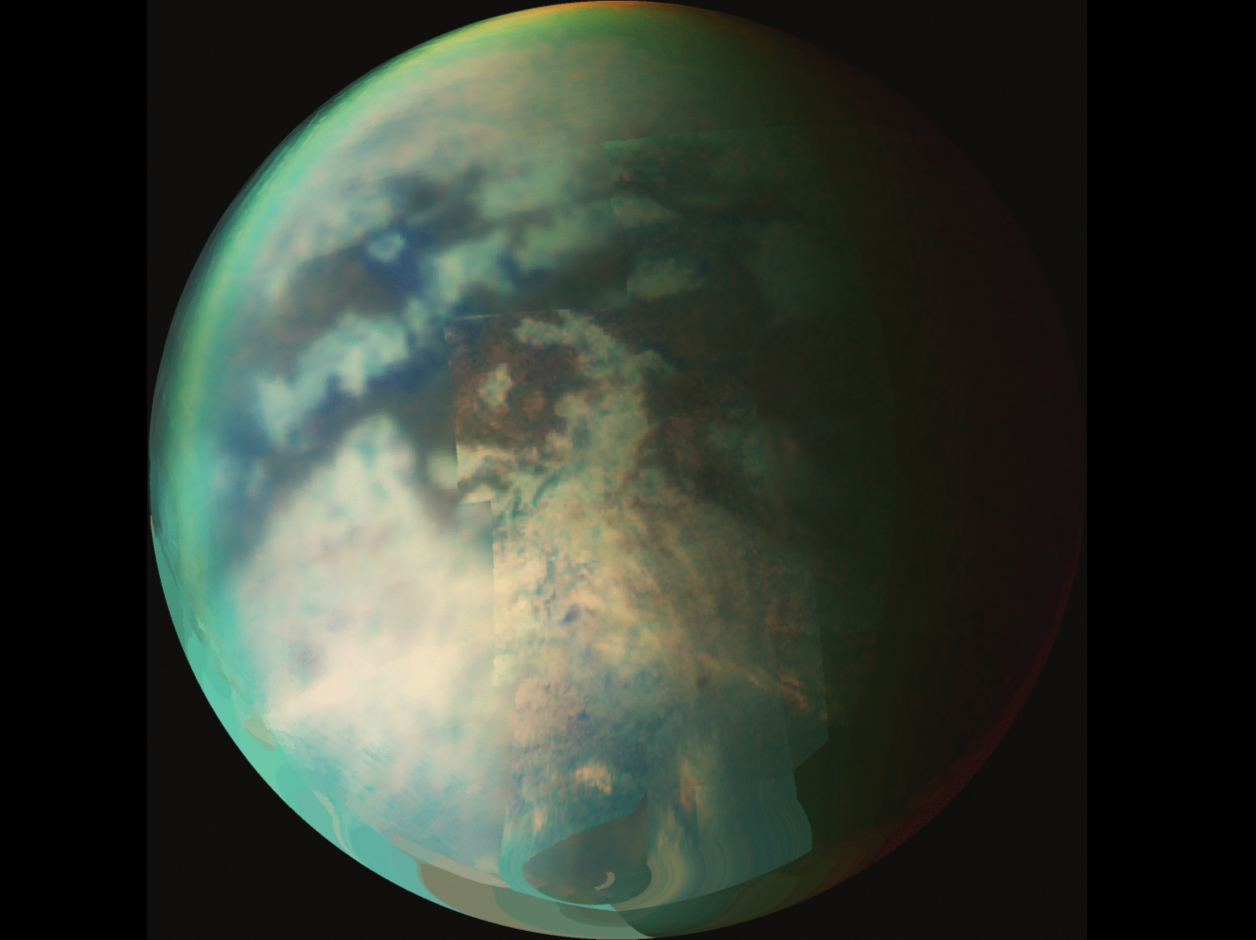
Titan
When it comes to exciting moons, the runner-up to Europa is Titan, the second-largest moon of Saturn. It’s the only moon in the solar system with a dense nitrogen-rich atmosphere like Earth’s, and the only place besides Earth where there’s been clear evidence of lakes on the surface. But these lakes aren’t made of water—on Titan, they’re made of methane. It’s possible that primitive life might be able to thrive in these environments just as they would in bodies of liquid water. This would require inhaling hydrogen instead of oxygen, metabolizing it with acetylene instead of glucose, and exhaling methane instead of carbon dioxide. Scientists also think the atmosphere has likely encouraged the formation of organic compounds on Titan, another boost to hopes for life.
But we’ve just never been able to prove out exactly how habitable Titan might be, and whether it’s in possession of any other organic compounds that would help life to evolve. Some of our best data for Titan came from the Cassini probe that studied the Saturnian system for about 13 years. That mission included the Huygens lander, which delivered observations from the atmosphere and surface of Titan before going offline just 90 minutes after touchdown.
NASA is planning a new mission for 2026 called Dragonfly, in which a rotorcraft drone is to fly around Titan and study the moon’s potential hospitability to life in greater detail.
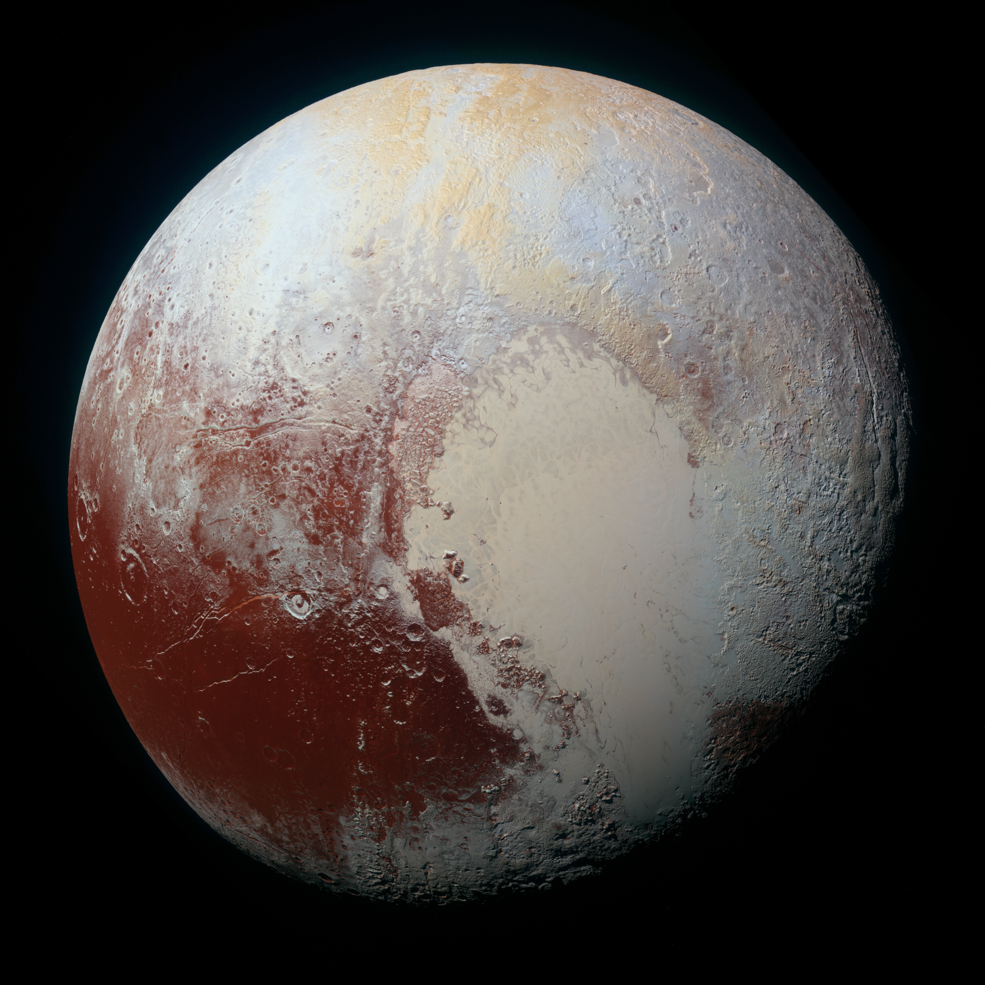
Pluto
The planet turned dwarf planet is pretty much an ice ball, with a surface that’s 98% frozen nitrogen and mountains made of water ice. But in spite of all this, a 2015 flyby from NASA’s New Horizons probe suggests it’s one of the most eccentric and unexpectedly active planets in the solar system. It displays a wide range of colors, from icy white to charcoal black to deep red, and is internally hotter than expected—which could mean it sustains a subsurface ocean of liquid water under the crust. It has a thin atmosphere that includes methane, and data shows that some organic molecules were found on the surface. While actual life on Pluto is highly unlikely, the mere presence of the ingredients for life is quite remarkable.
In studying Pluto, “we can get a sense of what goes on in the Kuiper belt, and how it’s able to produce these geologically active bodies that are so small and distant from the sun but still have enough internal energy to drive these processes,” says Karunatillake. Pluto could be a sign that just because another world is far away from the sun doesn’t mean it’s completely dead.
As with Ceres, however, there just hasn’t been enough time since the last mission to justify greenlighting a new one yet. We may need to wait another decade before NASA or another institution thinks it’s time to launch another spacecraft to Pluto.
from MIT Technology Review https://ift.tt/3iOy4Me

No comments:
Post a Comment